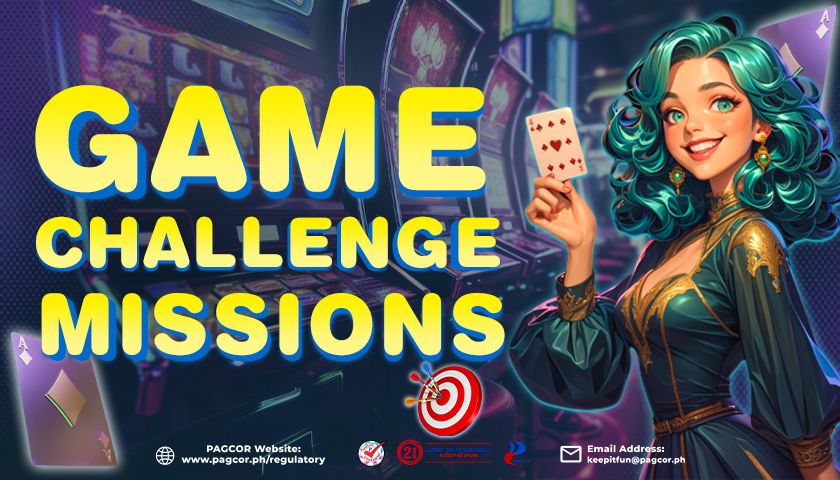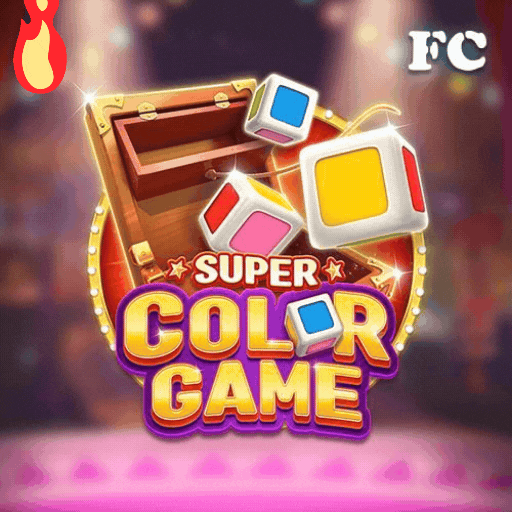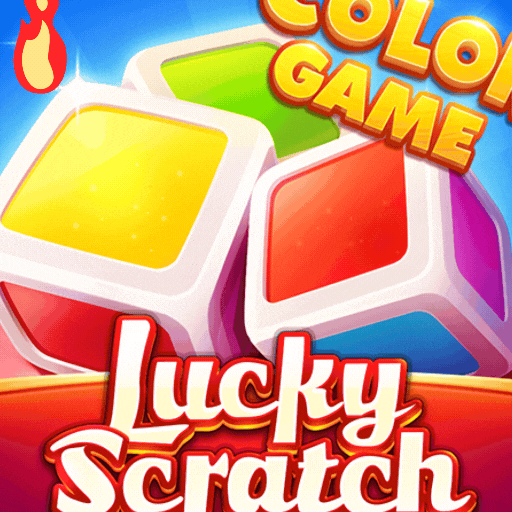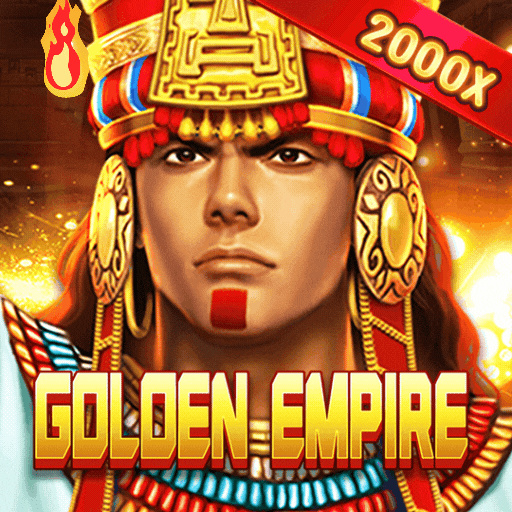How do you play the four colour game?
- Online Casino
- 2025-01-01
- 2
- Time:2025-01-01 21:15:30
color-game plus | Free Slot & Color Game Casino Games Philippines News: Mastering the Four-Color Theorem Game: A Journey Through Map Coloring
Encompassing the depths of mathematical intrigue, the Four-Color Theorem has been a captivating conundrum for centuries. It asserts that every geographical map can be painted with just four hues, ensuring that no neighboring territories share the same shade. This article embarks on an exploration of the Four-Color Theorem game, dissecting the rules, diverse viewpoints, and intriguing questions that accompany this mathematical pastime.
color-game plus DeskGames introduction.....
1. Deciphering the Four-Color Theorem:
Before we embark on the playful journey of map coloring, it's essential to comprehend the Four-Color Theorem. This theorem was conclusively proven in 1976 by Kenneth Appel and Wolfgang Haken, utilizing the assistance of computers to validate their findings. The theorem suggests that any map can be painted with four colors, guaranteeing that no two adjacent areas will be of the same color.
2. Engaging in the Four-Color Game:
Now, let's delve into the mechanics of the Four-Color Game. The objective is to color a map with four distinct colors, adhering to the constraints of the Four-Color Theorem. Here's a straightforward guide to get you started:
a. Select a map: Pick a map to color, whether it's a simple country map or a complex one with numerous regions.
b. Assign colors: Begin by coloring a region with one of the four hues. This will serve as your foundation color.
c. Color adjacent regions: Proceed to color neighboring regions with different hues, ensuring that no two adjacent regions share the same color.
d. Continue coloring: Repeat the process of coloring adjacent regions until every territory is painted.
3. Varied Perspectives:
The Four-Color Game has inspired a multitude of perspectives and discussions among mathematicians and enthusiasts alike. Here are some notable viewpoints:
a. Algorithmic Approach: Some argue that the Four-Color Theorem can be proven through an algorithmic method, which entails creating a systematic process for coloring any map with four colors.
b. Combinatorial Approach: Others contend that a combinatorial approach is more fitting. This involves examining the relationships between regions and identifying patterns to efficiently color the map.
c. Algorithmic vs. Combinatorial: There is an ongoing debate regarding the efficacy of an algorithmic versus a combinatorial approach. Advocates of each method argue for the strengths and limitations of their respective strategies.
4. Pertinent Questions:
Here are some common questions that arise during the Four-Color Game:
a. Can the Four-Color Theorem be extended to more colors? The answer is affirmative, but the proof becomes increasingly intricate as the number of colors grows.
b. Can the Four-Color Theorem be applied to real-world scenarios? Indeed, it has found applications in fields such as graph theory and computer science.
c. Is there a more efficient method to color a map? Researchers are tirelessly working on developing more efficient algorithms to color maps using the Four-Color Theorem.
of color-game plus | Jili&PG-soft Free Slot Machines Online Casino Game Free Play:
The Four-Color Game is an enthralling way to delve into the captivating realm of the Four-Color Theorem. By understanding the theorem and engaging in the game, we can appreciate the elegance and intricacy of mathematics. As various perspectives and questions emerge, the Four-Color Theorem stands as a testament to human ingenuity and the beauty of mathematical discovery.
Previous page:What are the rules of the colour game?
Next page:How does the colour game work?
















something wan comment?...